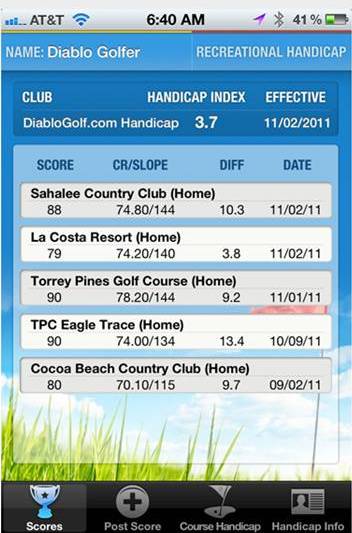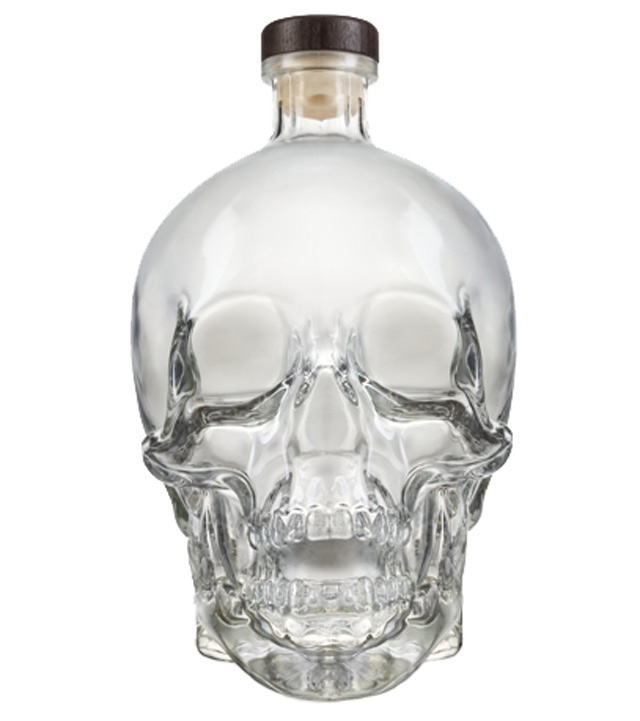Entries from June 1, 2012 - June 30, 2012
Counterfeit DVDs Aplenty in Shanghai
$14 for 11 Coen Brothers movies? It’s a steal!
With WIPO’s Diplomatic Conference on the Protection of Audiovisual Performances meeting in Beijing this week, counterfeit DVDs are not as ubiquitous here as usual. But there’s no shortage of them outside the city, as I recently found in and around Shanghai.
It’s how many, if not most, residents see movies. Cheap DVD knockoffs that can begin in English and end in Russian. But many reportedly are perfect, and there’s no question they are cheap. Here are some shots from a mom-and-pop video store in Sozhou.
The complete collection of “The Sopranos” would only set you back $25.
The packaging is surprisingly professional. And the price can’t be beat — 90 RMB for 11 Coen Brothers movies is about $14. Not bad for a collection advertised as “Black Comedy Great Director.”
Must see TV? $4.70 buys you a season of “Apprentice” or “Prison Break”
The offerings include some pretty recent titles, though I didn’t see any you couldn’t find yet in the States. Lots of TV titles, too, in case you find yourself in China desperate for some “Apprentice” (touted as “Irresistible” and “Compelling”) or “Prison Break” (“Prisons were made to be broden” [sic]).
Interestingly, a guide to living in Shanghai I found warns that U.S. Customs identifies DVDs when x-raying bags at the airport and confiscates obvious fakes. Ex pats here say not to bring them back into the States (though many have no problem buying them for use here). I don’t intend to test security measures on my flight back home — even in the name of investigative journalism.
Photos by STL.
Infringement Safari Beijing: The Disappearing Fakes
Beijing’s Yashow Clothing Market.
Fakes here today, gone tomorrow, back next week. (Photo by STL)
STL is back in Beijing!
I’ll be moderating a panel on online liability next week as part of the ”IP Protection in the Information Age” conference at Renmin University. It’s sponsored by the University and the Center for the Advanced Study and Research on Intellectual Property.
That’s my excuse for being here. But while traveling, I do like to point out trademark items of note.
Here’s a quick one. A lawyer here took me to the Yashow Clothing Market, a building (pictured above) reputed to be full of counterfeit designer clothes. It’s in Sanlitun, a neighborhood filled with restaurants, bars, and Caucasians.
The problem was, there were’t many fakes to be seen. Sure, there were Starbucks, Manchester United, and Miami Heat t-shirts that probably (certainly) weren’t authentic, but the fake Izods, Gucci, and Burberry shirts I’d been promised were nowhere to be found.
My friend asked one of the salespersons. There was a raid last night, she said. All the fakes are gone.
But don’t worry, the salesperson said. Try back in two weeks and you’ll find what you’re looking for.
Rumor among lawyers here is the fakes have temporarily disappeared because WIPO is in town. That would explain why the counterfeit goods that usually fill this building will be back next week. Too bad I won’t be.
Penalty of Perjury: Why Your Application for Registration Must Be Accurate
When you file an application to register a trademark with the U.S. Patent and Trademark Office, you take an oath.
You swear under penalty of perjury that the facts you have stated in your application are true.
For an intent-to-use application, that means you have a bona fide intent to use your mark in connection with all of your listed goods and services; and for a use-based application, you have actually used your mark — again, in connection with all listed goods and services.
You also swear that you own the mark; that no one else has a claim to your or a confusingly similar mark; and that the listed first-use date (for a use-based application) is accurate. Among other things.
Here’s the text of what you sign:
“The undersigned, being hereby warned that willful false statements and the like so made are punishable by fine or imprisonment, or both, under 18 U.S.C. Section 1001, and that such willful false statements, and the like, may jeopardize the validity of the application or any resulting registration, declares that he/she is properly authorized to execute this application on behalf of the applicant; he/she believes the applicant to be the owner of the trademark/service mark sought to be registered, or, if the application is being filed under 15 U.S.C. Section 1051(b), he/she believes applicant to be entitled to use such mark in commerce; to the best of his/her knowledge and belief no other person, firm, corporation, or association has the right to use the mark in commerce, either in the identical form thereof or in such near resemblance thereto as to be likely, when used on or in connection with the goods/services of such other person, to cause confusion, or to cause mistake, or to deceive; and that all statements made of his/her own knowledge are true; and that all statements made on information and belief are believed to be true.”
There’s a lot there. So beware.
The penalty for a false (or inaccurate) statement? Well, for practical purposes, you won’t go to jail or be fined for committing perjury, though you technically could. But you risk losing the very thing you’re trying to obtain: your trademark registration.
I’m saying all this to encourage you to make sure everything in your application is correct. If your lawyer completed your application, it’s still up to you to make sure it’s right. It’s your registration — not your lawyer’s — that may suffer the consequences.
Golf App Maker Sues U.S. Golf Association in Seattle for Unfair Competition
 Screen shot from Diablo Golf iPhone app
Screen shot from Diablo Golf iPhone app
XYZ Media, Inc., is a Bellingham-based company that develops Web sites and apps for smart phones. It publishes www.DiabloGolf.com, a social networking Web site for golfers, and an app by the same name. XYZ’s site and app stores a golfer’s scores, courses played, slope ratings, course ratings, and enables users to calculate course handicaps.
The U.S. Golf Association (USGA) provides goods and services to golfers and golf courses. The USGA claims to own common law or registered trademarks in HANDICAP INDEX, COURSE HANDICAP, SLOPE, and COURSE RATINGS in connection with golf.
On June 8, XYZ filed suit against the USGA in the Western District of Washington. The lawsuit claims the USGA wrongly terminated XYZ’s access to USGA data used in the Diablo Golf Website and app in an effort to convert users to USGA’s competing product. XYZ also claims the USGA falsely told Apple that XYZ was not authorized to create iPhone apps using USGA’s data, and threatened suit based on XYZ’s use of the terms “handicap index,” “course handicap,” “slope,” and “course ratings,” which XYZ says are generic and/or functional.
XYZ seeks damages and injunctive relief, as well as declarations of noninfringement. It also seeks to cancel the USGA’s federal trademark registrations.
The suit makes similar claims against the Washington Golf Association.
Defendants have not yet answered the complaint.
The case cite is XYZ Media, Inc. v. United States Golf Association, No. 12-989 (W.D. Wash.).
Ninth Circuit Reverses Functionality Finding for Skull-Shaped Vodka Bottle
 Globefill’s trade dress: Not functional, the Ninth Circuit says
Globefill’s trade dress: Not functional, the Ninth Circuit says
Plaintiff Globefill Incorporated makes booze. So does defendant Elements Spirits, Inc.
In 2010, Globefill sued Elements in the Central District of California for trade dress infringement.
It described its trade dress in connection with its crystal head vodka as “a bottle in the shape of a human skull, including the skull itself, eye sockets, cheek bones, a jaw bone, a nose socket, and teeth, and including a pour spout on the top thereof.”
The Central District of California dismissed Globefill’s claim on grounds of functionality.
On May 23, the Ninth Circuit reversed, finding the skull design was purely ornamental.
“We typically consider four factors in determining whether a product feature is functional: ‘(1) whether the design yields a utilitarian advantage, (2) whether alternative designs are available, (3) whether advertising touts the utilitarian advantages of the design, (4) and whether the particular design results from a comparatively simple or inexpensive method of manufacture.’ Disc Golf Ass’n, Inc. v. Champion Discs, Inc., 158 F.3d 1002, 1006 (9th Cir. 1998).”
Applying these factors, the court found “the trade dress elements Globefill described in its operative complaint cannot be said to be functional as a matter of law. The skull design is ornamental and serves no utilitarian purpose; alternative bottle designs are available in abundance; and using the design increases, rather than decreases, Globefill’s manufacturing and shipping costs.”
Therefore, it found the trade dress was not functional and reversed.
The case cite is Globefill Inc. v. Elements Spirits, Inc., No. 10-56895, 2012 WL 1868861 (9th Cir. May 23, 2012).
